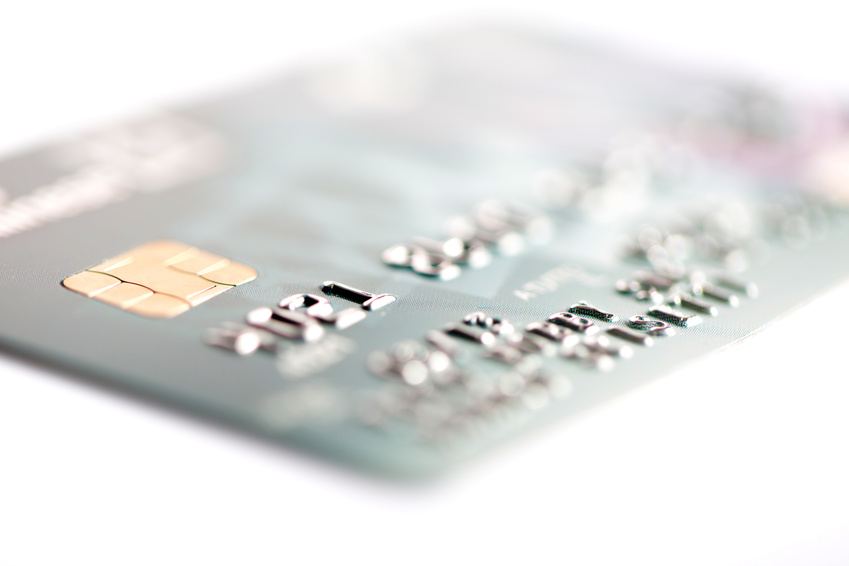Unfortunately, chargebacks are a fact of life for many small businesses, not to mention incredibly costly. Before they know, many merchants find themselves buried in chargebacks. Credit card chargebacks occur when a customer contacts their credit card issuer and disputes a charge(s). If this dispute is deemed valid, the merchant account is then debited for a credit card charge that previously cleared. Thus, the merchant is out the money – plus a chargeback fee. Depending on the processor, this chargeback fee can range anywhere from $15 to $100.
These disputes can be made for legitimate reasons; such as, the purchase was made fraudulently by a third part. Other reasons can include: the customer never receiving what they ordered, the customer feels the item they purchased was misrepresented, the customer was incorrectly billed or the customer did not recognize the charge on their credit card statement. It is incredibly important for merchants to know that there are ways they can protect themselves from unfair chargebacks.
The following list of tips will help reduce the risk of chargebacks and serve as a guide during the process:
- Learn and follow processor protocol. Merchants should be aware that every credit card processor has its own protocol when it comes to accepting credit cards. In fact, depending on the processors, you may have to request permission to process card-not-present purchase transactions. Specifically, ones that are made over the phone or online. The processor’s requirements may include additional confirmation through services like Verified by Visa or MasterCard SecureCode; these services require customers to provide an extra password to authorize debit or credit card purchases online. In addition, a processor may require proof of delivery when items are shipped.
- Utilize a clear payment descriptor. Some merchants have discovered that the majority of the chargebacks they receive are due to unclear payment descriptors. A payment descriptor is the merchant’s name and other identifying details found on the customer’s credit card statement, which they see when they make a purchase with you. Failing to provide a clear descriptor risks the occurrence of a chargeback. According to Rick Lynch, senior vice president of business development with Verifi Inc., “If you list a different name than what the customer might recognize — a parent company name instead of your store’s specific brand name, for example — the customer may not recall the purchase.”
- Keep organized records. Saving accurate records of customers’ credit card transaction dates, amounts and authorization information – at a minimum – could make the difference between winning and losing a chargeback. While keeping organized records may not save you from a fraudulent purchase, paperwork does help when fighting a chargeback involving a customer trying to take advantage of the chargeback system.
- Always document a customer’s authorization (signature). Entrepreneur Glenn David, owner of a party services company, shared that the most important thing he has done to protect himself and his business is to require customer’s to sign a contract; this contract details the specific services the company has agreed to provide. While many options are provided – the contract can be sent back via fax, email, smartphone application or electronically online – he says the key is to get the customer’s authorization in writing. Even though the card may not be present, the signature validates the authorization.
- Respond to all customer service issues promptly and efficiently. If a merchant’s processor provides chargeback notifications, it is wise to always take advantage of this service. These notifications allow the issue to be addressed promptly. Contacting a customer to inquire after their dissatisfaction can make a big difference in resolving the issue. Good customer service allows a merchant to address chargebacks head on.
- Thoroughly train employees. Providing good and thorough training for employees includes teaching them fraud and chargeback prevention techniques; such as, looking for suspicious transactions, obtaining signatures on contracts/sales orders and verifying signatures on card-not-present transactions.
- Know when it is worth fighting back. The big problem for any business is that each chargeback will cost you an additional fee. In addition, if you develop a history of chargebacks, it will begin to damage your relationship with your merchant account provider. It is true that there are disputes that are worth pursuing, but it is also important to make sure fighting back falls within the time and resources you have. If it appears to be too much, you can hire a chargeback management firm to help you. Just remember to weight the costs of hiring a firm versus what you can accomplish on your own.
If you need help preventing chargebacks for your business, consider what a merchant account with a high risk provider can do for you. With EMB, merchants can secure the payment processing services they need while also taking advantage of Chargeback Prevention and Protection programs. Don’t let chargebacks chip away at your bottom line. Educating yourself on what you can do avoid chargebacks and choosing the right processor are your best line of defense.


